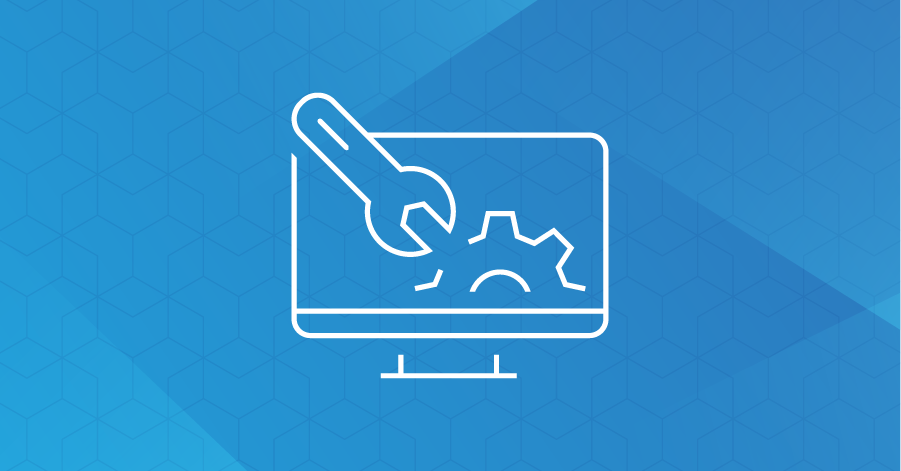Troubleshooting
Tip
Looking for information about older versions of Windows Server? Check out our other Windows Server libraries on docs.microsoft.com.
Most Common Problems Use the Repair Clinic dishwasher troubleshooting guide to get to bottom of your dishwasher problems. Start by entering your model number in the search box. Then scan the list of symptoms until you see something familiar. This section contains advanced troubleshooting topics and links to help you resolve issues with Windows Server. Additional topics will be added as they become available. Troubleshoot activation. The best way to troubleshoot internet or TV problems is a reboot.
You can also search this site for specific information.
Microsoft regularly releases both updates for Windows Server. To ensure your servers can receive future updates, including security updates, it's important to keep your servers updated. Check out Windows 10 and Windows Server 2016 update history for a complete list of released updates.
This section contains advanced troubleshooting topics and links to help you resolve issues with Windows Server. Additional topics will be added as they become available.
Troubleshoot activation
Troubleshoot startup and restart
Troubleshoot AD forest recovery
Troubleshoot AD replication
Troubleshoot AD FS
Troubleshoot AoVPN
Troubleshoot converged NIC
Troubleshoot DFSR
Troubleshoot DirectAccess
Troubleshoot disk management
Troubleshoot DNS
Troubleshoot failover cluster
Troubleshoot DHCP
Troubleshoot FSRM
Troubleshoot guarded fabric
Troubleshoot multi-site RAS
Troubleshoot Nano Server

Troubleshoot NIC teaming
Troubleshoot OTP authentication
Troubleshoot QoS
Troubleshoot S2D
Troubleshoot SDN
Troubleshoot RDS session connectivity
Troubleshoot shielded VM
Troubleshoot software restriction policies
Troubleshoot storage migration
Troubleshoot Storage Replica
Troubleshoot user profiles
Troubleshoot vRSS
Troubleshoot WebProxy
Troubleshoot Windows Admin Center
To troubleshoot is solving a problem or determining a problem to an issue. Troubleshooting often involves the process of elimination, where a technician follows a set of steps to determine the problem or resolve the problem.
Computer troubleshooting overview
Below is a brief overview of the basics of troubleshooting a computer problem. Anyone can follow these steps to help identify or solve most computer problems.
Is the computer turning on?
If the computer or display is not turning on, you can quickly determine that the computer has a connection or other hardware issue. Follow either of the links below for steps in troubleshooting these problems.
Any error messages?
If you're getting any error messages, write down the error and search for that error message. Computer Hope and millions of other Internet sites have documents relating to error messages that have steps on how to fix them.
Reboot the computer
If the computer is acting strange, frozen, or encountering errors and can boot, reboot the computer. Often rebooting the computer can solve many computer issues. We highly recommend not doing any of the steps below until the computer is rebooted.
Has any new hardware or software been added?
If any new hardware devices were connected to the computer or any new software was installed, it may be causing your problem. Try removing the hardware, or uninstalling the program, then rebooting your computer. If the problem goes away, that's a strong sign that the new hardware/software was causing the problem.
Has the computer moved?
Reset Windows Update
If your desktop computer was moved recently, something might have come loose inside the computer. A cable might be loose, or modular hardware such as your RAM or GPU may need to be reseated.
You can open your computer case to inspect your hardware for any loose connections. Before touching the hardware inside your computer, always make sure the computer is properly powered off, and that you are physically grounded. Grounding yourself ensures that electrostatic discharge does not travel from your fingers to your hardware and damage the circuitry.
Have there been any power outages or electrical storms?
A computer that is not running on a UPS (uninterruptible power supply) may improperly turn off during a power outage or brownout. When a computer is improperly shut down, data corruption, and in some cases, hardware failure can occur.
If the computer is not connected to a surge protector, a power surge may have caused damage to hardware in the computer. This type of damage is especially likely if your local area has recently experienced electrical storms or power outages.
Reconnect and check power cords
If the computer is not getting enough power or the power is getting interrupted, the computer can encounter problems. Disconnect your power cables from any power strip or UPS and connect the computer directly to a known good wall outlet.
Is it a hardware or software issue?

When troubleshooting, it's important to identify if the problem you're encountering is being caused by hardware or software. By identifying what's causing the issue, you'll have a better understanding of the direction of steps to follow.

Update drivers or install latest patches
Hardware manufacturers frequently release updated device drivers and firmware to keep their hardware compatible with changes in technology. If you're encountering a hardware issue, make sure that the latest drivers for that device are installed.
Similarly, your operating system and the software installed on your computer may also have an available patch that might resolve any problems you are having. Make sure your OS and software are up-to-date.
Scan for malware and viruses
Computer viruses and malware can cause a variety of problems, from system slowness to inability to start the operating system.
NoteIt's very common for people to quickly assume that a computer problem is a virus. However, it's much more common for there to be another software problem and not a virus or other malware.
When was the computer last running with no problems?
If the computer has worked in the past and you're running Microsoft Windows, consider running a Windows system restore to restore the computer to an earlier date. The system restore does not erase any data and gets settings back to how they were on an earlier date.
Basic Computer Troubleshooting Steps
Other computer hardware and software troubleshooting
Below are more specific troubleshooting steps related to specific computer hardware and software.
Hardware related troubleshooting
Software related troubleshooting
What to do if troubleshooting doesn't help?
The goal of troubleshooting is to try to isolate the problem by eliminating the possible problems one at a time. If you've gone through all the above steps and you're still not sure what the problem is, get the issue evaluated by an expert.
Related troubleshooting pages
Action center, Problem, Repair, Technical support, Technician, Tools, Workaround